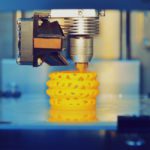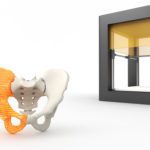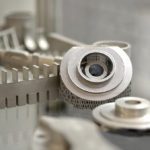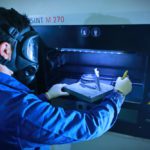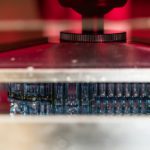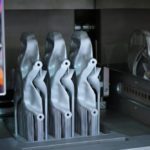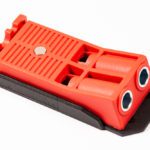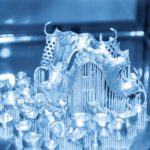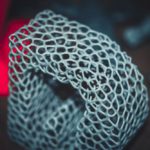Hardware Team
CNC Machining vs. 3D Printing: Which One is Right for You?
Product designers and engineers who consider CNC machining vs. 3D printing need to evaluate the capabilities, lead time, and cost of each production workflow before deciding on the best course.…
Read MoreThe Future of Medical 3D Printing
Advancements in 3D printing technology have continued to revolutionize the medical field as its role in modern medicine gradually becomes more commonplace. 3D printing is becoming a more accessible and…
Read MoreFive Advantages of 3D-Printed Tooling
3D printing can produce customized tools for traditional manufacturing processes and carry several advantages over standard tooling. When quickly replacing or customizing a tool, the right 3D printing solution will provide a fast, on-demand production solution.
Read MoreIncorporating Additive Manufacturing Techniques: Pros and Cons
Manufacturers should consider the advantages and disadvantages of moving to an all-additive manufacturing model because a hybrid approach offers numerous benefits. This article will weigh the pros and cons to clarify that choice.
Read MoreWhat is DLP 3D Printing?
The capabilities of DLP printers allow for faster manufacturing of products like dental appliances, medical devices, and footwear and enable improvements in design and quality. DLP offers faster production speed, better surface finish, and isotropic material properties.
Read MoreAdvantages of Additive Manufacturing
Additive manufacturing has been expanding into many industries over the past several years. The 3D printing solutions used in additive manufacturing have many advantages over traditional manufacturing. Companies looking to increase agility, reduce costs, and become more resilient to supply chain disruptions should consider the advantages of additive manufacturing to improve traditional manufacturing processes and to directly produce finished parts.
Read More3D Printing’s Role in Prototyping and Low-Volume Production
Advancements in 3D printing as a production solution are also enabling additive manufacturing for low volume production. With tightly integrated solutions including 3D printing machines, software, and materials, additive manufacturing is enabling more effective and efficient prototypes through production workflow as well as faster time to market.
Read MoreBenefits of 3D-Printed Jigs and Fixtures
3D-printed jigs and fixtures have several benefits over those made by traditional methods. 3D printing solutions can help companies save time and money by eliminating skilled labor steps and optimizing production processes.
Read MoreSLA vs. DLP 3D Printing
Today, the 3D printing field has advanced in accuracy, product complexity, and the number of available processes. Companies can scale the production of complex products to high volume using two processes: stereolithography (SLA) and digital light processing (DLP).
Read MoreFDM vs. DLP 3D Printing
Two common 3D printing processes are fused deposition modeling (FDM) and digital light processing (DLP). Each of these 3D printing processes is best suited to specific product applications. Anyone interested in using 3D printing for their next product should understand the differences between FDM vs. DLP 3D printing. DLP processes and systems enable the manufacturing of products like dental appliances, medical devices, and footwear. With greater speed, better surface finishing, and isotropic material properties DLP may be a better choice for companies looking to decrease product development time, de-risk manufacturing operations, and create unique business models.
Read More
